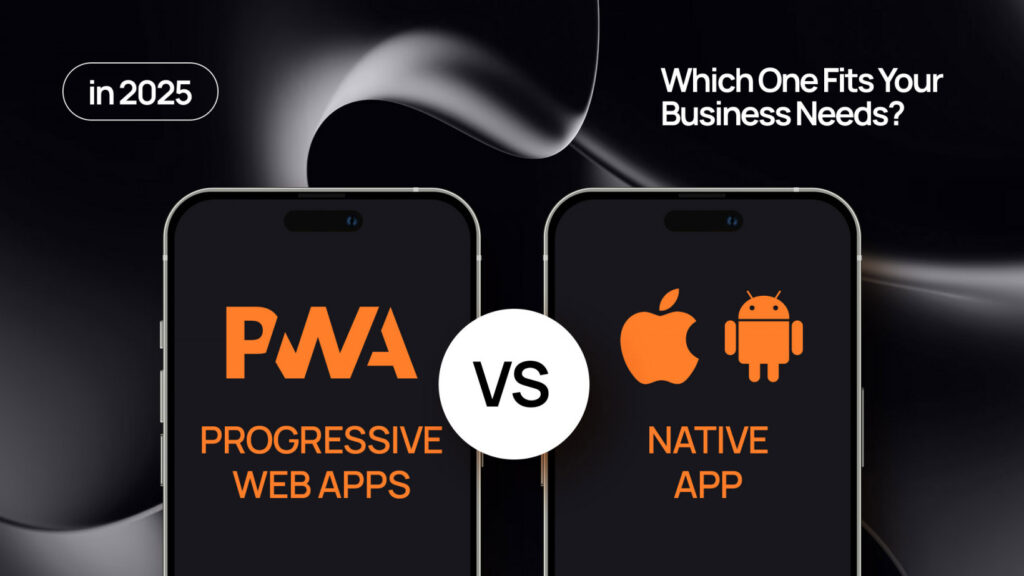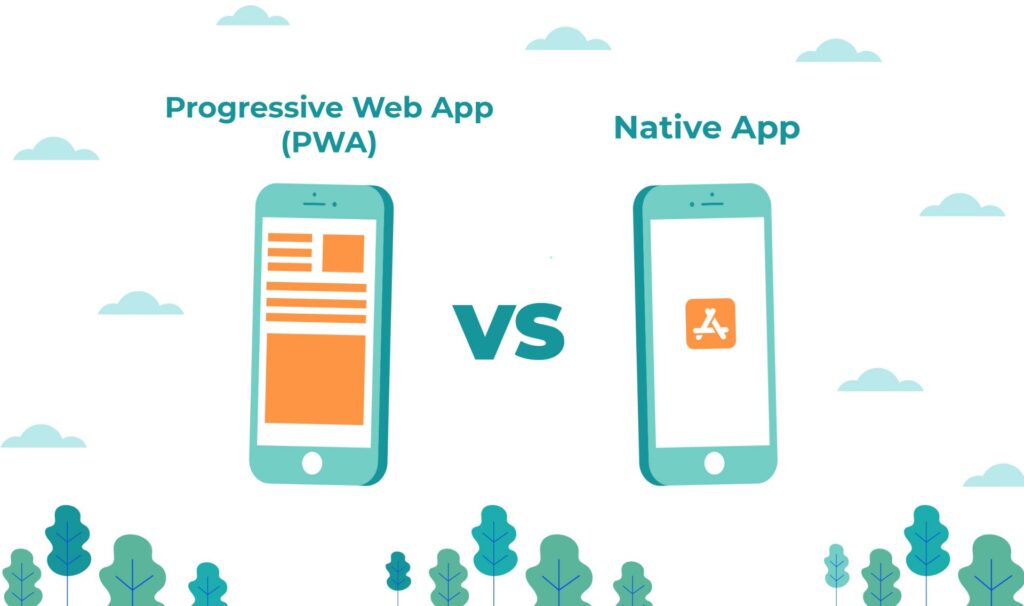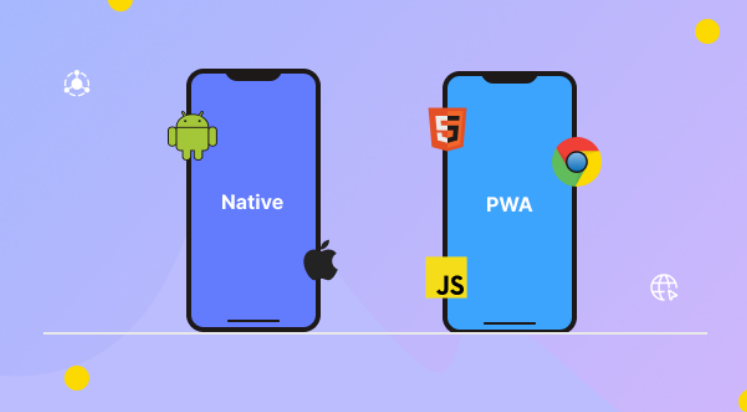Mobile App vs Progressive Web App 2025: Which is Right for Your Business?
In today’s mobile-first world, choosing between a mobile app vs progressive web app 2025 is a critical decision for businesses aiming to boost customer engagement and digital reach. With mobile usage at an all-time high, businesses must decide whether a traditional mobile app or a Progressive Web App (PWA) is the smarter investment. In this guide, we’ll compare both options to help you decide which one suits your business goals, budget, and user needs best in 2025.
Understanding the Differences: Mobile App vs Progressive Web App 2025
Both mobile apps and progressive web apps help businesses connect with customers on smartphones and tablets — but they work differently.
- Mobile apps are downloaded from app stores (Google Play or Apple App Store) and run natively on a device.
- Progressive Web Apps (PWAs) are web applications that behave like mobile apps but run directly in a browser.
In 2025, both technologies are widely used, and the right choice depends on factors like budget, features, target audience, and business model.

Pros and Cons of Mobile Apps in 2025
Advantages of Mobile Apps:
- Full access to device features (camera, GPS, Bluetooth, sensors, offline support).
- Better performance (especially for games and feature-heavy applications).
- App store visibility for brand awareness and downloads.
- Push notifications and deeper customer engagement.
Challenges of Mobile Apps:
- Higher development and maintenance costs (especially for both Android and iOS).
- App store approval can delay updates or rejections.
- Requires installation, which creates user friction.
- Larger file size may discourage some users from downloading.
Pros and Cons of Progressive Web Apps (PWAs) in 2025
Advantages of PWAs:
- Cost-effective: One codebase works across all platforms.
- No installation required: Users can access the PWA directly via a browser.
- Fast time-to-market due to simplified development.
- Lightweight and fast loading, ideal for low-data or low-end devices.
- Automatic updates — no app store delays.
Challenges of PWAs:
- Limited access to certain device features, especially on iOS.
- Not listed in app stores by default (though optional now via platforms like Google Play).
- User awareness is still lower compared to traditional apps.
- Inconsistent support for features like push notifications across browsers.
Key Considerations When Choosing a Mobile App vs PWA in 2025
Your decision depends on various factors. Here are the most important ones:
1. Budget and Timeline
- PWAs are generally faster and cheaper to develop and maintain.
- Mobile apps often require two separate versions (iOS and Android), increasing cost and complexity.
2. Audience and Reach
- If your users span desktop and mobile, a PWA provides a universal experience.
- For mobile-only users who expect an app store presence, a mobile app might work better.
3. Features and Functionality
- Mobile apps are better suited for complex features, background tasks, or heavy device usage.
- PWAs are perfect for content delivery, forms, bookings, catalogs, and simple ecommerce.
4. Performance Requirements
- For high-performance needs like gaming, media editing, or AR/VR, mobile apps are superior.
- For fast, smooth browsing and shopping, PWAs perform very well in 2025.
5. User Experience and Engagement
- Mobile apps can provide a richer experience with access to native elements.
- PWAs now support push notifications, offline use, and home screen shortcuts, closing the UX gap.

Mobile App vs PWA 2025: Feature Comparison Table
| Feature | Mobile App | Progressive Web App (PWA) |
|---|---|---|
| Cost | Higher (iOS + Android) | Lower (single build) |
| App Store Listing | Yes | Optional |
| Device Access | Full access | Limited on some platforms |
| Installation | Required | Optional |
| Updates | Via app store | Auto updates |
| Offline Support | Yes | Yes (via caching) |
| Push Notifications | Yes | Yes (Android; limited iOS) |
| Performance | High | Medium to High |
| Time to Market | Longer | Faster |
Real-World Scenarios: What’s Best for You in 2025?
You’re a Startup or Small Business
If you need to launch quickly and affordably, start with a Progressive Web App. It offers fast access, good performance, and requires no app store approvals.
You Need Advanced Features or Hardware Access
If your app needs access to deep device functions (like sensors or offline media storage), go with a native mobile app.
You Want Maximum Reach
Consider launching both a PWA and a mobile app. Use the PWA for mass access and SEO visibility, and the app for your most engaged users.
Your Target Audience Has Limited Storage/Data
In India and other emerging markets, many users prefer lightweight apps. PWAs are ideal as they’re fast, use less data, and require no download.
Conclusion
There’s no one-size-fits-all answer in 2025. The choice between a mobile app vs progressive web app 2025 depends on your business goals, user needs, and budget. PWAs have come a long way and are now suitable for many business cases, especially when time and cost are concerns. However, for feature-rich, high-performance applications, mobile apps still offer the edge.



